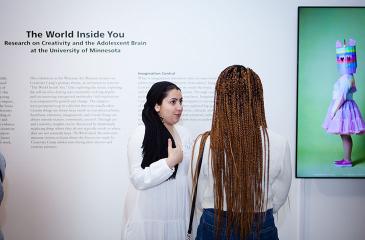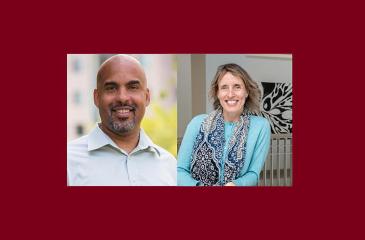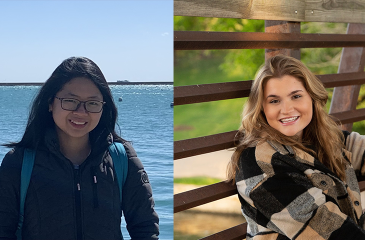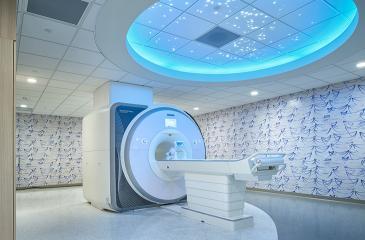The World Inside You: Research on Creativity and the Adolescent Brain at the U of M
This spring, the Weisman Art Museum presented the World Inside You, an exhibition of artwork made by Creativity Camp participants. The exhibition mirrored the Creativity Camp’s overarching theme: an invitation to traverse “the world inside you.”
A Community Celebration was held May 6 to recognize the artists and researchers behind the exhibition.
"It was a wonderful opportunity to connect with our adolescent participants, their families and the broader community, to celebrate the amazing artwork that our adolescents created, and share what we've been learning in this research," said Kathryn Cullen, MD, an investigator for the Creativity Camp Study and associate professor and director of the Division of Child and Adolescent Psychiatry.

Below are excerpts of remarks made by a few Creativity Camp participants who spoke during the Community Celebration program:
"Creativity Camp and Imagination Central have both helped me with my artistic abilities and expression. During Creativity Camp, I experienced lots of cool memories. ... I made new friends and I got to open up to everyone and show my true me. Imagination Central has been such an awesome experience as well. I’ve made great friends and even better art pieces that I feel very accomplished about."
"So being able to listen to some good tunes and painting and talking to my friends at the program made me feel joy. Everyone made something so unique and creative, and I felt like everyone kinda connected in a way with their art. I also got to know more about some of the people through their artwork."
"These programs have made a huge impact on me. It helped a lot with my mental health and wellbeing, and genuinely helped me grow into the person I am and who I want to be. I’ll definitely never forget the memories and great people I met."
"That day was very special to me, as I have a hard time adjusting to new places with people who are completely unfamiliar to me, however I felt very accepted and understood when meeting everyone and seeing everyone else’s projects. Looking at each mask was like an introduction to everyone itself, as I could see each participant’s personalities reflect in their artwork."
"Imagination Central helped me express myself through mediums I have never used before, and was a great opportunity that I am very grateful for. I am thankful to all the participants as well as the volunteers for making Imagination Central sessions something I looked forward to each and every week. I made a lot of great memories and useful lessons I have and will continue to apply to situations outside of Imagination Central."
"I kept returning every week because of the friends I had made and the memories that we had created. Most of my artwork I made as jokes and for laughs, except for this painting right here. At first I had no idea what I was painting, but as I talked with my friends and I saw everyone having fun with their own friends, I realized I had begun to paint the essence of what was around me. And so once I was finished, I titled this painting "Humanity." Because if there was anything I learned from this experience, it's that the bonds we humans have with each other fuels great creativity, and that although life can be dull and rigid, it is the small things that we enjoy with each other that make us happy, they are the things that make us Human."
(Photos by Ryan Stopera for Weisman Art Museum.)



